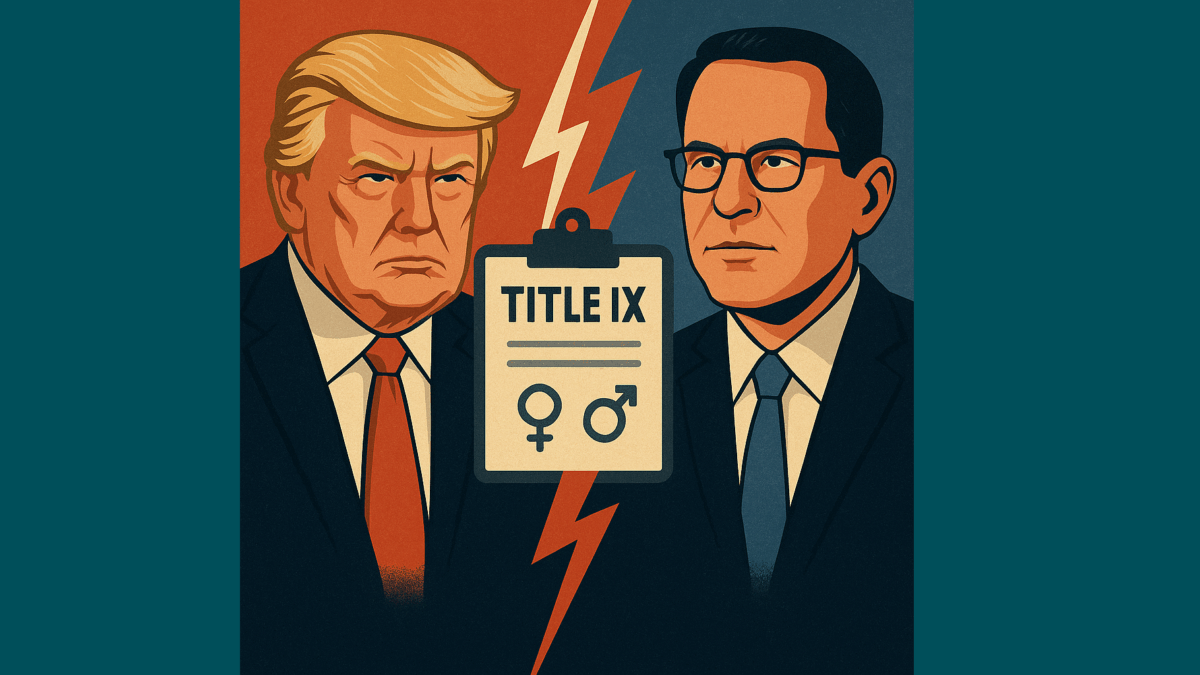Stephen F. Gambescia: Higher education needs to get it right in managing payments to athletes
Universities and colleges have been taking a series of hits that have them almost on the ropes. Therefore, it is wise for them to handle yet another punch coming their way: Criticism by the IRS in how money is flowing to Division I athletes for their name, image, and likeness opportunities. Booster clubs are moving money through nonprofit charities to pay Division I athletes for the recently approved and controversial practice of having college athletes cash in on their name, image, and likeness marketing.
Universities escaped a couple of swipes way back during the George W. Bush and Barack Obama administrations. The then-Secretary of Education Margret Spelling commissioned a group to study several aspects of higher education. Her “Charting the Future of U.S. Higher Education” report found that the enterprise had an accountability problem, noting that the “lack of useful data and accountability hinders policymakers and the public from making informed decisions and prevents higher education from demonstrating its contribution to the public good.”
Not to dismiss her highly critical report as partisan politics, the Obama administration made serious overtures to hold universities accountable for student output and outcomes performance that resulted in a scaled-down report card. While coached in terms of affordability and access needs, he thought it was time for colleges to show the reasons for their high tuition and fees as it related to student benefit in learning and subsequent job earnings.
READ MORE — National labor union data contradicts teacher exodus claims
Universities were slow to react to the clear forecast that the number of eligible students graduating high school will drop and that their consequent downturn in enrollment would be with them for many years. Enrollment declines were exacerbated by a combination of public unrest over the Covid-19 lockdowns nationwide which catapulted the accountability and “worth of going to college” debate back into the public square.
During the last few years, the referee in the collegiate sporting enterprise, the NCAA, had their bobbing and weaving skills tested, given their “break” in long-standing principles of fair play and following the rules of the game by allowing men to compete in women’s sports.
While the practice may be in line with colleges’ affinity for progressive movements on campus, they will need to address how they are going to square this practice when many have fought for and continue to fight for women’s rights afforded by Title IX. While the NCAA was quick to allow the practice of transgender athletes competing in college sports, a movement is underway to push back on the encroachment into women’s sports.
Recently, the higher education enterprise has taken a one-two hit by the U.S. Supreme Court, which ruled against their 50-year practice of giving admitting preferences to students, in large part or with some criteria, based on the student’s race; followed by the ruling that the current administration cannot direct the Department of Education to forgive an estimated $400 billion in student loan debt.
What may not have been seen as a high-profile headline against some universities is the Internal Revenue Service’s stand against “booster groups” funneling money to Division I athletes through nonprofit entities whose purpose and very existence is for charitable works. How universities react to such practices individually and collectively tests their commitment to integrity and fair play that both the government and the public expect of institutions that purport to uphold truth, justice, and the American way, given they impact substantially all three sectors of our society: nonprofit, for-profit, and government.
Let’s hope that the leaders speak out against these bad acts by athletic booster groups’ transgression, with an upright, unequivocal, and confident stance.
Nonprofit charities are an enduring part of the American character, which holds that we are our brother’s keeper. The IRS gives favored status to nonprofits that includes several tax reliefs, such as real estate, corporate income, and sales taxes. In exchange, nonprofits provide a range of services, programs, and overall good works to improve the human condition. The college athletes, college leadership, and the NCAA should not only divorce themselves from the “collectives” who are trying to funnel money via the system, they also should publicly denounce such efforts. Claiming that the lining of a college athlete’s pocket with money is a common good devalues the purpose and spirit of charitable giving and the need for us to do so.
This should not be a difficult public statement to make; it should be direct and swift. Colleges from day one of their founding in the U.S. espouse their many benefits to society — a collective good for which they are given privileged treatment in several ways. How they treat this recent government oversight warning affects not only higher education but all nonprofits.
We take it for granted that those responsible for the management and oversight of nonprofits will conduct themselves and their organizations’ activities with integrity. Even a slight transgression by a nonprofit in its operations, especially when it involves the raising and spending of donors’ money, can damage the sector’s reputation in general. It is encouraging to see that the IRS will block any attempts at booster money going to “name, image, and likeness” of Division I athletes’ coffers, under the ruse that these entities are charities.
Higher education entities could use some favorable impressions to their names and image after taking some major hits recently. Let’s hope that the leaders speak out against these bad acts by athletic booster groups’ transgression, with an upright, unequivocal, and confident stance.
Stephen F. Gambescia is professor of health services administration at Drexel University. His research interests are in macro public health and healthcare policy issues.




